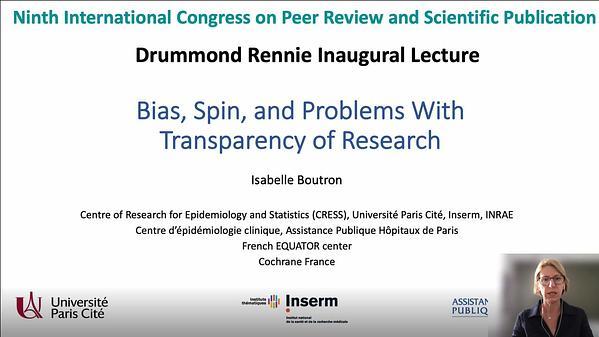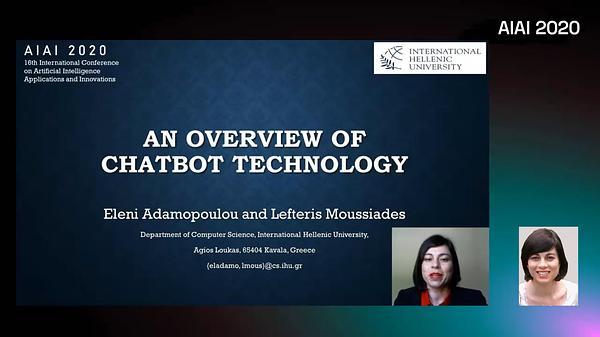poster
Utility of Machine Learning in Predicting Success of a Peer Review Paper From Peer Reviewer Scores
keywords:
peer review process and models
editorial and peer review process
artificial intelligence
Objective To investigate the utility of machine learning
algorithms in predicting the likelihood of publication of a
manuscript from peer reviewer scores.
Design Using a cross-sectional study design, 263
manuscripts that had undergone peer review between 2017
and 2021 were selected, and a final decision made on whether
to accept or reject a manuscript for publication. Excluded
were manuscripts with incomplete data on peer reviewer
scores. Data were collected on the manuscripts’ peer reviewer
scores and the final decision made by the journal. Peer
reviewers’ scores included ratings by 2 peer reviewers per
manuscript on originality, quality, interest, overall rating, and
priority for publishing. Two-thirds (174 manuscripts) of the
data were used for training and one-third (89 manuscripts)
for testing the algorithms. Microsoft Excel 2019 was used to
preprocess the data and Weka version 3.9.5 was used for
model assessment. Training and testing of the model were
conducted using various machine learning algorithms. The
model with the highest accuracy in predicting the likelihood
of a manuscript to be published would be further improved
and deployed for application.
Results One-hundred and thirty-four manuscripts were
accepted for publication and 129 rejected for the final
analysis. The performance of various machine learning
algorithms in predicting the likelihood of publication ranged
from 58.4% to 65.2% (Table 27).

Conclusions A machine learning model to reduce peer
review workload would ensure that scarce peer review
resources are utilized by optimizing desk rejections. Such a
model would promote efficiency in the publishing process and
improve overall journal output and satisfaction with authors.
To implement such a model, the in-house reviewers and
editorial team could score manuscripts and assess their
performance before advancing them for peer review. To
improve the model’s performance and reduce bias, there
would be a need to enhance the selection of data variables for
scoring the manuscripts with a greater focus towards
objective variables. Other limitations included small sample
size and possible interrater variability in scoring individual
manuscripts.
References
1. Checco A, Bracciale L, Loreti P, Pinfield S, Bianchi G.
AI-assisted peer review. Humanit Soc Sci Commun.
2021;8(1):25. doi.org/10.1057/s41599-020-00703-8
2. Heaven D. AI peer reviewers unleashed to ease publishing
grind. Nature. 2018;563:609-610. doi.org/10.1038/d41586-
018-07245-9
Conflict of Interest Disclosures Dr Kigera is a member of the
Peer Review Congress Advisory Board but was not involved in the
review or decision for this abstract.


